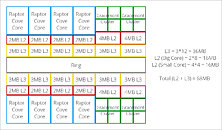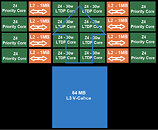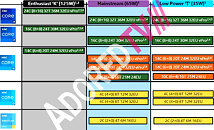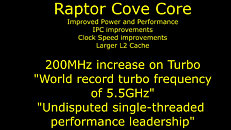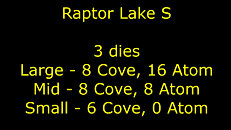
Biostar 700-series Intel Motherboard Lineup Leaks
Intel's 600-series motherboards have barely made it into retail and we're now looking at a list of upcoming 700-series motherboards from Biostar that has leaked courtesy of the Eurasian Economic Commission via @harukaze5719 in Twitter. The list of boards suggests that Biostar will only be using the Z790 and B760 chipsets, although it's unclear at this point if there will be an H770 and a H710 chipset, as Intel has skipped those SKUs in the past for second generation CPUs using the same socket.
The boards in question are the Z790 Valkyrie, Z790GTA- SILVER, B760GTQ, B760M-SILVER, B760GTN, B760T-SILVER, B760MX5-E PRO, B760MX-PRO, B760MX-C, B760MX-E, B760MH. We'd hazard a guess that the Z790 Valkyrie will replace the Z690 Valkyrie, but the models with silver in the model name are currently missing from Biostar's 600-series lineup, but there are some 500-series silver models. In addition to the Z790 SKUs, there are also some B660 boards with a BTC suffix that Biostar hasn't announced yet and these would appear to be boards designed for mining, as this is the naming Biostar has used in the past for such boards. Intel's 700-series chipset and Raptor Lake CPUs are expected to launch later this year.
The boards in question are the Z790 Valkyrie, Z790GTA- SILVER, B760GTQ, B760M-SILVER, B760GTN, B760T-SILVER, B760MX5-E PRO, B760MX-PRO, B760MX-C, B760MX-E, B760MH. We'd hazard a guess that the Z790 Valkyrie will replace the Z690 Valkyrie, but the models with silver in the model name are currently missing from Biostar's 600-series lineup, but there are some 500-series silver models. In addition to the Z790 SKUs, there are also some B660 boards with a BTC suffix that Biostar hasn't announced yet and these would appear to be boards designed for mining, as this is the naming Biostar has used in the past for such boards. Intel's 700-series chipset and Raptor Lake CPUs are expected to launch later this year.


